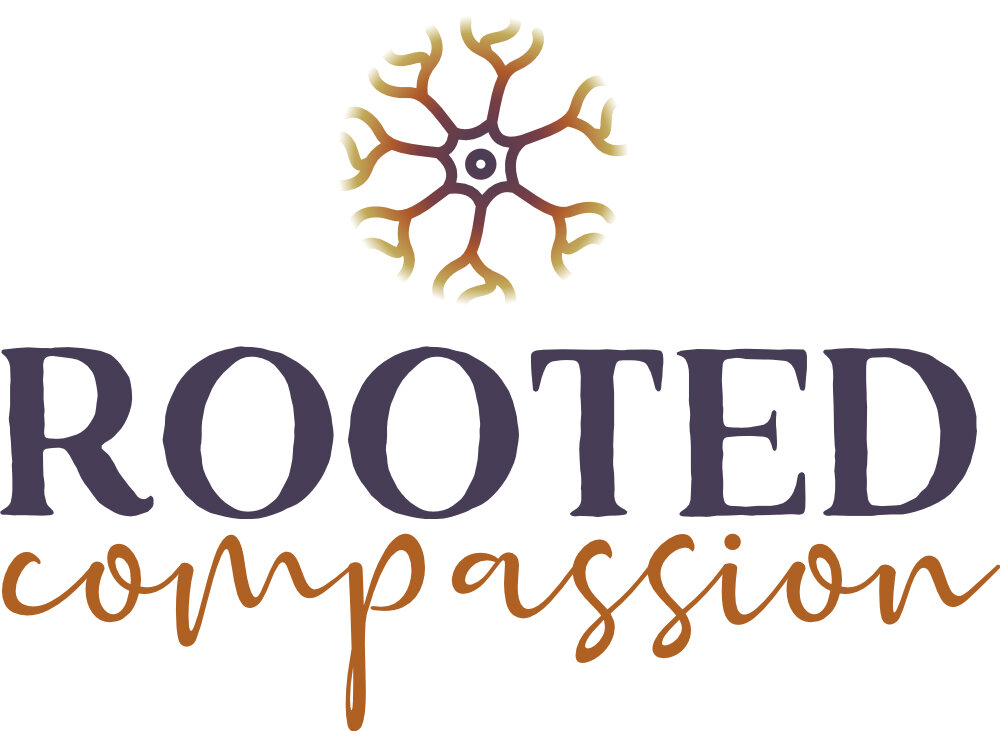Cincinnati Therapist Discusses Healing and Growth of Childhood Trauma through the Transformative Benefits of EMDR Therapy
Eye Movement Desensitization and Reprocessing (EMDR) is a therapeutic tool designed to help individuals heal from past experiences. Developed by Dr. Francine Shapiro in the 1980s (Shapiro, 2018), EMDR addresses unprocessed challenging memories that can cause lingering distress, affecting decisions, thoughts, and feelings. By fully processing these experiences, EMDR helps shift towards an adaptive perspective. It mimics Rapid Eye Movement (REM) sleep, which is essential for processing trauma within a therapeutic environment. REM sleep helps the brain filter experiences and memories.
The mind creates complex neural pathways throughout development, much like finding the quickest route home. These pathways become automatic, guiding us without conscious effort. However, sometimes our brain forms pathways that restrict growth, like "no outlet" roads. Distressing memories or experiences, especially from childhood, can divert us from the most beneficial routes to safety and "home." The body keeps score of these detours.
EMDR uses bilateral stimulation to aid in desensitizing and reprocessing distressing memories or beliefs. Think of it as an intentional distraction. Imagine a teenage you, texting a friend while your guardian asks about your day. Attempting to multitask divides your attention, possibly leading to errors. In therapy, this stimulation can be applied through eye movements, buzzers, lights, sounds, or tapping. During an EMDR session, the target memory is activated with the therapist's help, and the chosen stimulation is applied. After a brief pause and check-in, the process repeats, allowing desensitization. A positive, adaptive belief is then installed in a similar manner, creating a new, advantageous neural pathway.
EMDR can benefit those struggling with PTSD, anxiety, trauma, grief, addictions, eating disorders, phobias, and attachment wounds. Emotional tolerance is necessary for EMDR to be effective. While processing past experiences, think of yourself as a construction worker for your neural pathways. During therapy, you’re "on the clock," participating in EMDR. Once the session ends, you "clock out" and go home. In the first 24-48 hours after an EMDR session, you might notice residual emotions or memories, much like a sore back after heavy lifting. Using grounding techniques is crucial to navigate these challenges. EMDR is a powerful tool, and witnessing the healing it facilitates is truly a gift.
If you are interested in exploring the power of counseling, whether individual or as a couple, Rooted Compassion, has immediate openings!
The Rooted Compassion team is made up of a group of counselors who have a variety of specialties in order to best serve our clients. We recognize that every person has his/her own personal and unique life experiences and that one modality will not work for every client. Listed below is a summary of our counselors’ specialties at Rooted Compassion:
Polyvagal Theory/Nervous System Focused Therapy
Trauma Responsive Care Techniques
Grief Counseling
Somatic Focused Counseling
Eye Movement Desensitization and Reprocessing, EMDR
Dialectical Behavior Therapy
Mindfulness-Based Practices
Acceptance and Commitment Therapy
If you are interested in learning more about what Rooted Compassion is all about, please contact us today, look through our website, or find us on Instagram and Facebook.
Rooted Compassion Counseling is Ohio’s leading practice for trauma therapy through the lens of the nervous system. Our focus is to walk alongside clients as they heal from depression, anxiety, trauma, grief and/or loss. If you or someone you know are seeking to explore and build an inner sense of calm and safety, please contact us today. We would love to help you to find a counselor and counseling techniques that will guide you on your mental health journey to healing.


